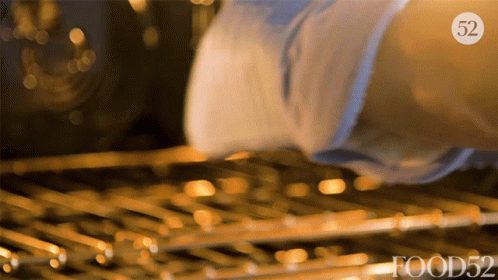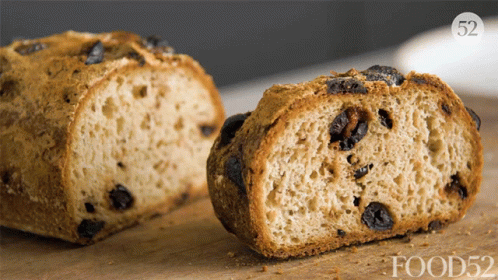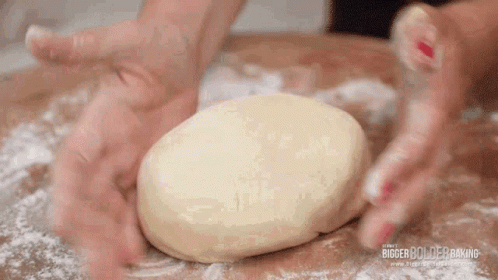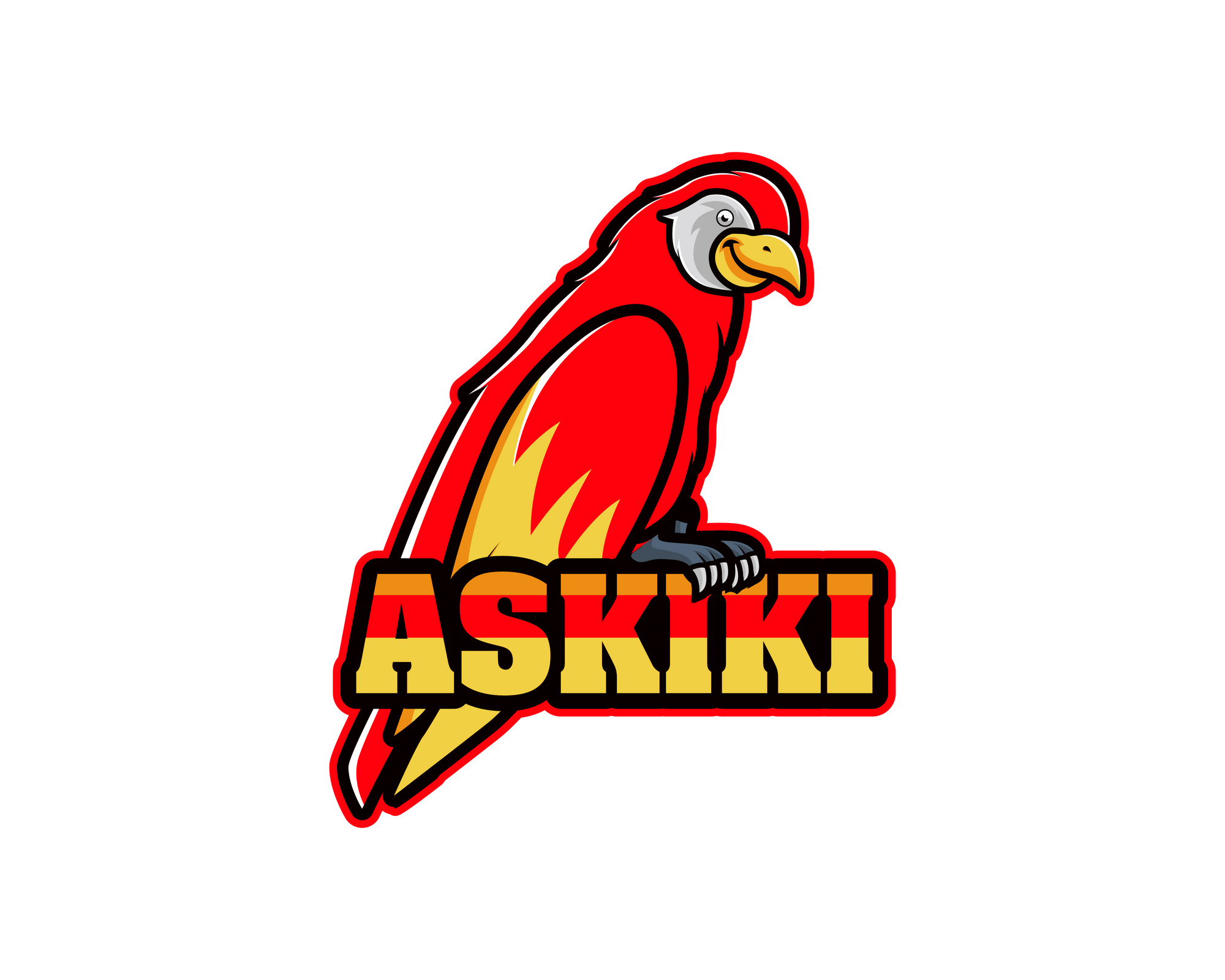Everything You Need to Know About Gluten-Free Breads

Navigating a gluten-free diet can be challenging, especially when it comes to finding good bread alternatives. Whether you have celiac disease, gluten sensitivity, or simply prefer to avoid gluten, there are plenty of options available.
In this article, we'll explore the world of gluten-free breads, from the types of flours used to tips for making homemade gluten-free bread.

What is Gluten-Free Bread?
Gluten-free bread is made without wheat, barley, or rye, all of which contain the protein gluten. For individuals with celiac disease or gluten sensitivity, consuming gluten can lead to serious health issues.
Gluten-free breads are crafted using alternative flours that provide a similar texture and taste without the harmful effects of gluten.
What's Good About It
Looking for a healthier and tastier alternative to traditional bread? Look no further than our selection of gluten-free breads! At first glance, you may think that cutting out gluten means sacrificing flavor or texture, but our best gluten-free bread prove otherwise.
Made from the highest quality ingredients and free from any trace of gluten, our breads are not only safe for those with gluten sensitivities or Celiac disease but are also suitable for anyone looking for a nutritious and delicious option. Say goodbye to dry and crumbly gluten-free breads and say hello to soft, moist and flavorful slices that will satisfy even the most discerning palates.
Our gluten-free breads also boast a variety of characteristics that make them stand out from the rest. For starters, they are all-natural, free from preservatives and additives that can be harmful to your health. Plus, they are high in essential vitamins and minerals, providing you with the necessary nutrients to fuel your day.
But that's not all. Our gluten-free breads are also incredibly versatile. Enjoy them as a classic sandwich, or a tasty toast with your favorite toppings, or even use them to create unique and flavorful recipes. They are the perfect addition to any meal!

Common Ingredients in Gluten-Free Breads
Gluten-Free Flours
The backbone of any good gluten-free bread is the flour. Here are some popular choices:
- Brown Rice Flour: Offers a mild flavor and works well in most bread recipes.
- Almond Flour: Adds a nutty flavor and moisture.
- Coconut Flour: High in fiber but requires a lot of liquid.
- Tapioca Flour and Potato Starch: Often used to improve the texture of gluten-free bread.
Gluten-Free Flour Blends
Many recipes call for pre-made gluten-free flour blends. These blends combine various flours and starches to mimic the texture and elasticity of wheat flour. Popular brands include Bob's Red Mill and King Arthur.
Binding Agents
Without gluten, gluten-free bread needs a binding agent to hold it together. Common options include:
- Xanthan Gum and Guar Gum: Help provide structure to the bread.
- Psyllium Husk: Adds fiber and improves texture.
Additional Ingredients
- Apple Cider Vinegar: Helps the dough rise and adds a slight tang.
- Eggs: Provide moisture and act as a binding agent.
- Oil or Butter: Adds richness and moisture.

Benefits of Eating Gluten-Free Bread
- Digestive Health: For those with celiac disease or gluten sensitivity, gluten-free bread can prevent digestive issues like bloating, diarrhea, and abdominal pain.
- Nutrient-Dense: Many gluten-free flours are packed with nutrients. For example, almond flour is rich in protein and healthy fats, while brown rice flour provides essential minerals.
- Versatility: Gluten-free breads can be just as versatile as their gluten-containing counterparts, suitable for sandwiches, toast, and more.
Making Homemade Gluten-Free Bread
Step-by-Step Guide
- Mix the Dry Ingredients: Combine your gluten-free flour, xanthan gum, salt, and any other dry ingredients.
- Activate the Yeast: Mix yeast with warm water and a bit of sugar. Allow it to sit until it becomes frothy.
- Combine Wet Ingredients: In a separate bowl, mix eggs, oil, and apple cider vinegar.
- Form the Dough: Slowly add the dry ingredients to the wet mixture, then add the yeast mixture. Mix until you have a smooth dough.
- Knead the Dough: Knead the dough for about 10 minutes to ensure all ingredients are well incorporated.
- Proof the Dough: Place the dough in a greased bowl, cover it, and allow it to rise in a warm place until it doubles in size.
- Bake: Transfer the dough to a greased loaf pan and bake at 350°F (175°C) for 30-40 minutes, or until the bread is golden brown and sounds hollow when tapped.

Best Gluten-Free Sandwich Breads
When it comes to making the perfect gluten free sandwich bread, the bread can make all the difference. Some of the best gluten-free sandwich breads on the market include:
- Udi's Gluten Free: Known for its soft texture and great taste, making it a favorite for sandwiches.
- Canyon Bakehouse: Offers a variety of flavors, all of which are perfect for making delicious sandwiches.
- Schär Gluten Free: A European brand that's well-loved for its hearty texture and flavor.
Conclusion
Eating gluten-free doesn't mean you have to miss out on delicious bread. With a variety of gluten-free flours and pre-made blends, creating tasty and nutritious homemade gluten-free bread is easier than ever.
Whether you're new to a gluten-free diet or just looking to expand your culinary horizons, there's a world of possibilities waiting for you.
Ready to start baking? Explore our recommended gluten-free flour blends and recipes to make your first loaf of homemade gluten-free bread today!
Breadfully,
Kiki And His Team

Other recipes available at The Loopy Whisk:





